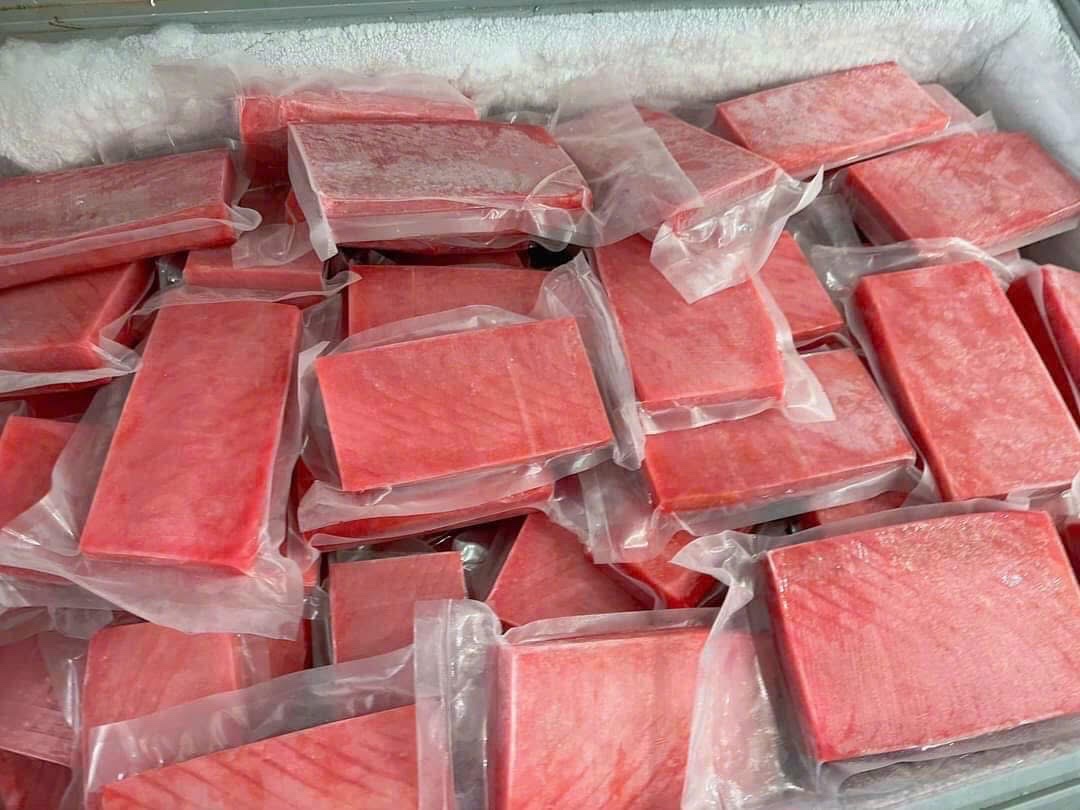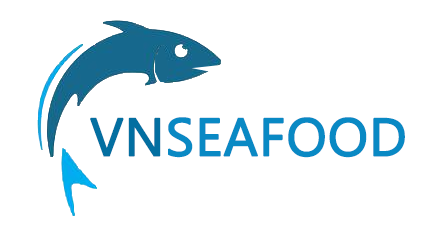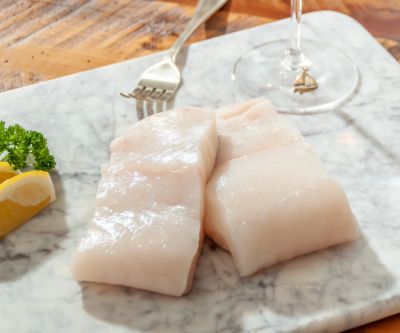In the first eight months of 2025, Vietnam’s tuna exports to the Middle East reached nearly USD 60 million, down 23.4% compared to the same period in 2024. Overall, Vietnam’s tuna exports to the region have shown a significant shift: canned tuna remains the key product, while consumption markets are expanding beyond Israel to Egypt, the UAE, and several emerging destinations. Meanwhile, though still modest, African countries are showing a sharp increase in imports of Vietnamese tuna, with export value reaching USD 20.5 million, up 71% year-on-year.

Product Structure in the Middle East
Canned tuna continues to account for the largest share, with more than USD 39.4 million (66.1% of total exports), though slightly down 8.7% year-on-year. In contrast, other product categories declined sharply: other processed tuna -65.7%, frozen tuna fillets (HS code 0304) -18.9%, and fresh/live/frozen/dried tuna outside HS 0304 -90.4%. This shows that the Middle East market is increasingly focusing on convenient, stable products such as canned tuna.
Market Breakdown
Israel remains the top market with USD 24.8 million (41.6% market share) but dropped by 48.4% due to geopolitical conflicts in the region. On the other hand, Egypt surged to USD 14.7 million, more than doubling its imports and taking nearly 25% market share, becoming a highlight in the region. Other markets also recorded positive growth, including the UAE (+16.1%), Syria (+282.4%), Turkey (+49.2%), Oman (+266.2%), and Kuwait (+140.2%). Meanwhile, Saudi Arabia and Jordan fell sharply by -62.6% and -37%, respectively.
Tuna Market in the Middle East & Africa
The Middle East and Africa are promising regions for tuna exports, with growing consumer demand, especially in major cities and coastal areas. Tuna is widely used in canned and processed products, and in some premium segments as fresh or frozen fish.
Several Middle Eastern countries with middle-to-high incomes such as the UAE, Saudi Arabia, Kuwait, and Qatar have strong demand for premium foods, including processed and imported tuna. Israel is a niche but high-potential market, with high per-capita consumption of canned tuna. However, challenges remain due to strict Kosher requirements and competition from European and Thai products, pushing Vietnamese exporters to focus on quality and certification.
In Africa, demand is also rising in countries like South Africa, Kenya, and Nigeria, driven by urbanization, dietary changes, and population growth, particularly among the middle class.
Key Growth Drivers
-
Population growth & urbanization: Both regions have young populations and higher-than-average urbanization rates. Rising household incomes are boosting demand for processed and imported foods.
-
Changing tastes & lifestyles: Consumers increasingly prefer fast, convenient, and higher-quality foods such as canned and frozen tuna.
-
Import policy environment: Many Middle Eastern countries (e.g., Jordan, Iraq) rely on imports due to limited marine resources. Free trade agreements, import tariffs, and stricter food safety standards create both challenges and opportunities for high-quality products.
-
Logistics & supply chain: Improved ports, shipping, air freight, and streamlined customs make it easier to distribute fresh and frozen tuna in fast-growing markets.
Challenges
-
Quality standards & inspections: Many Middle Eastern and African countries have strict requirements for certification, food safety, traceability, and hygiene. Non-compliance risks shipment rejection or costly delays.
-
Transport & cold storage costs: Fresh/frozen tuna requires high investment in cold chain infrastructure. Distance, weak infrastructure in parts of Africa, power shortages, and poor cold storage facilities are major risks.
-
Competition: Exporters from Southeast Asia, Latin America, and Europe also supply tuna, sometimes at lower prices. Cheaper substitutes, such as other canned fish, may also affect demand.
-
Tariffs & trade policies: Some countries impose high tariffs or protective measures. Certification and inspection costs can be burdensome for small businesses.
-
Input price & fuel fluctuations: Tuna is highly sensitive to fuel costs (fishing, transport) and currency exchange rates, impacting competitiveness.
Market Opportunities
-
Premium and middle-class mass segments: High-quality canned tuna, fresh/frozen tuna, and value-added products (e.g., ready-to-eat meals, seasoned packs, attractive packaging) are well-received in Middle Eastern hubs such as Dubai and Saudi Arabia.
-
Value-added products (VAP): Developing branded, convenient, international-standard tuna products can improve profitability and competitiveness against lower-cost goods.
-
Logistics & cold storage partnerships: Investing in cold storage and refrigerated logistics is key to maintaining quality and expanding distribution.
-
African domestic markets: Beyond the Middle East, nearby African countries with seaports and large populations—such as Nigeria, Ghana, and Kenya—are strong opportunities as canned food consumption rises.
-
E-commerce & modern retail: The growing presence of supermarkets, premium retail chains, and imported food stores provides a strong channel for certified tuna products to reach end consumers.
Strategic Recommendations
| Strategy | Key Actions |
|---|---|
| Enhance quality & certification | Secure international certifications (HACCP, MSC, BRC), ensure good harvesting/processing practices, and transparent traceability. |
| Optimize cold chain & logistics | Partner with professional logistics providers, upgrade cold storage, and use both sea and air freight to maintain freshness. |
| Diversify products | Develop not only basic items but also premium canned tuna, ready-to-cook/ready-to-eat, seasoned products, and convenient meal packs. |
| Build brand & marketing | Adapt to local tastes with suitable flavors, packaging, and multilingual labels (English/Arabic/French); participate in trade fairs and local promotions. |
| Find local distribution partners | Collaborate with importers, supermarkets, and retail chains to leverage both modern and traditional retail systems. |
| Monitor trade policies & barriers | Stay updated on regulations, tariffs, standards, and quotas; prepare full documentation to avoid shipment rejections. |
Outlook
Over the next 5–10 years, the Middle East tuna market is expected to maintain steady growth, especially in countries such as the UAE, Saudi Arabia, Oman, and Qatar, driven by rising living standards and food import demand.
In Africa, while infrastructure and logistics remain challenging, exporters from Vietnam and other countries can focus on more stable markets such as South Africa, Kenya, Nigeria, and Ghana—nations with seaports, stronger economies, and rapid urbanization.
Sustainability trends will grow increasingly important. Products with eco-labels and certifications for sustainable fishing will gain priority from both consumers and importing supermarkets, aligning with global demand for environmentally responsible seafood.





